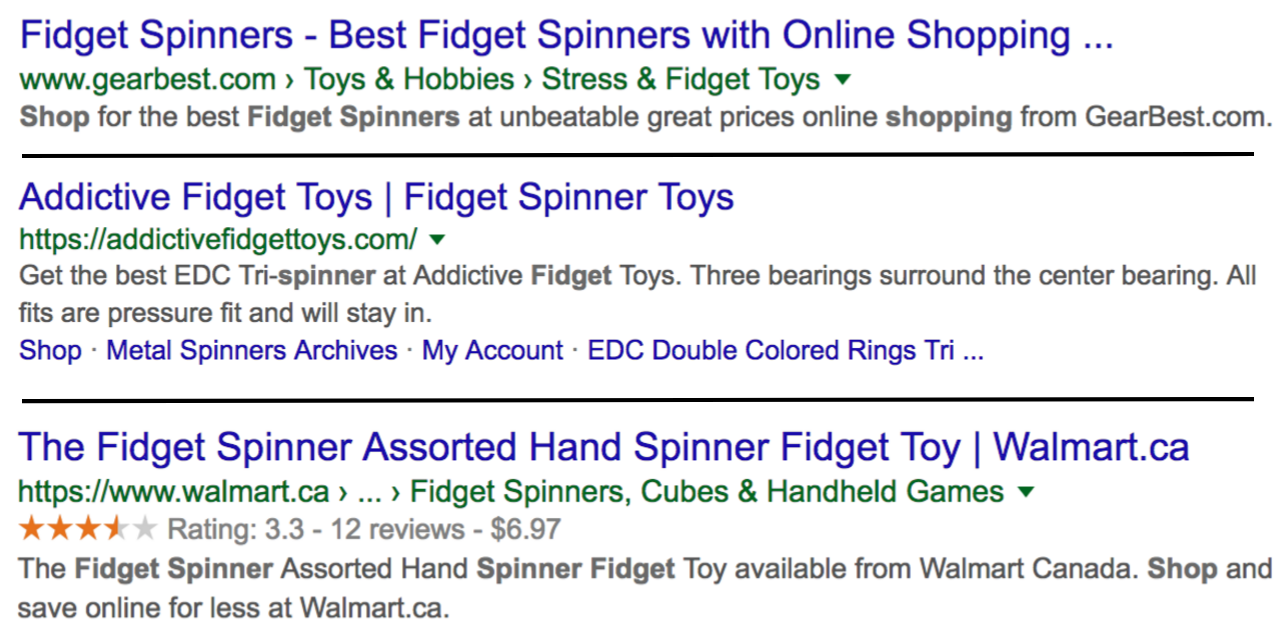Misconceptions about startup success
Startup culture can be very nuanced, especially to someone who isn't engaged in it day-to-day. Having contracting for various startups and interning for larger tech companies, I made some assumptions about what classifies a 'successful startup', and how to dismiss others.
Approaching my one-year mark in the Valley, I've had the privilege of diving into startup culture first-hand. This starts with my current company — dealing with customers + learning about how they see the landscape, and especially chatting with my colleagues who have worked at various tech companies both in and out of the Valley for years.
In this post, I'll explain which misconceptions I use to have around successful startups, and some ideas I have around how to sift through the noise.
"What's your funding look like?"
This is a common question I get, and while it's understandable, it makes me laugh every time. Back home, I use to evaluate startups solely based on this metric. A startup who hasn't secured funding was weak, and the more funding you amassed, the better you were. This was also (unfortunately) a consequence of the Canadian tech ecosystem. Venture capital is more sparse and focused there than in the United States, so it was an anomaly to come across a company at Series A with $10M funding, and hence the first reaction was to glorify it.
So let's squash that assumption right off the bat — your funding level doesn't indicate very much about the level of success your startup has seen. If you're not convinced, take a look at Startup Graveyard, which has overviews of a handful of startups that 'died' in past years. Notably there's Homejoy (~ $40M), Optier (~ $103M), and Calxeda (~ $100M).
Funding, in a lot of cases, simply means runway. It's money given to you by a venture capitalist to pursue certain goals, that will run out in X number of months. For startups that don't yet have revenue/a product, the funding might go towards developing it + taking it to market. For startups that are past that stage, the funding might help them take on market leaders + expand their sales/marketing efforts.
The challenge to this, is that taking this funding keeps you accountable to certain goals defined by the venture capitalist. A startup with $1M in ARR might take a $10M Series A, with the promise of hitting $3M in the coming year. If they fail, they might shut down, and if they succeed, they might secure even more funding to hit new goals.
This also spills into the idea of employee count — it's possible for a 30-person startup to have the same ARR as a 100-person startup, it's just that the latter raised more capital + hired more aggressively. A company like BuiltWith has less than 10 employees, but has numerous customers including Fortune 500 companies — don't count them out.
Tl;dr: Funding doesn't indicate success or lack thereof, it's simply one way of growing your startup.
"Tilt got acquired by Airbnb! They're killing it."
Being acquired was another assumption I made that indicated a successful startup. The first example is Tilt.com, the famous money transfer product popular amongst college students. They were acquired for ~ $12M cash by Airbnb, which at first glance is incredible. The reality? They raised ~ $67M in funding and had a valuation (the previous year) of ~ $375M.
This is a better alternative to shutting down, but it means that no one emerged victorious from this acquisition; investors took a heavy loss, employees were laid off, not to mention losing their stock options (now worthless).
There are other examples, even for startups that get acquired for more than their amount of funding. Venture capitalists expect a multiple on what they invest — if it's $10M Series A at a $40M valuation, then an acquisition for $20M is generally regarded as a failure.
It's also important to note why acquisitions happen. In some cases, it's an acqui-hire: a larger company wants the talent working for a smaller (possibly struggling) company, so they offer them a discounted offer to acquire those workers. In other cases, it's a result of intense competition: a startup taking on Google might gain some speed, but will need an incredible amount of resources to make a considerable dent in their market share. This happens (via funding), like Airtable taking a $52M round to battle Microsoft Excel. But in a number of cases, the company realizes it won't be able to compete, and takes the offer.
Tl;dr: Acquisitions don't indicate success of lack thereof; they're very circumstantial and can either be good or bad.
"So what defines startup success?"
For an outsider looking in, it can be fairly challenging to (at a glance) determine the level of success for a startup. The main challenge is figuring out what you think is 'successful' — is it a 2-person company that manages to make $1M in ARR with basically no costs? Or is it a 500-person company that has secured $100M in funding and is on the cusp of taking on industry leaders?
If you're simply looking at a startup from afar, there are some things you can consider to determine whether it's successful in your eyes. For starters, what is the product? Is it something you think is objectively interesting + game-changing?
Maybe you value the user interface (GUI), and how accessible it is. Or maybe you value the actual content of the product; is it extremely powerful, even if you can only use it via an API? For example, I rarely pass judgements on medical tech startups because I don't know enough about the industry + don't find them interesting. But if you show me something in the sales/marketing space, i.e. a CRM for nail salons, you best believe I'll have an opinion.
Conclusion
There are tens of millions of startups around the world, all with varying degrees of success. The word itself is subjective, and really depends what you're looking for. Don't assume a startup with lots of funding and employees is successful, and don't praise a startup for getting acquired without digging deeper. Startups without funding can be extremely successful too!
Start by determining what you value in a company, and what you would regard as successful. Don't be afraid to have an opinion about a company that goes beyond emotional reactions, but also don't be afraid to admit when you're wrong.





















































